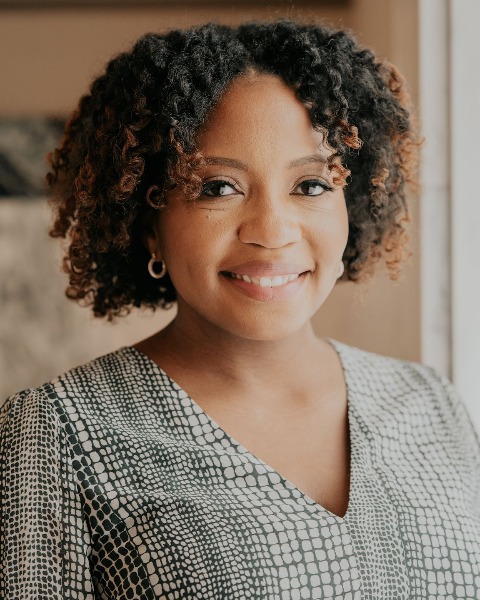Adolescent Medicine
Session: Adolescent Medicine 3
168 - Centering Youth Perspectives: The Impact of Youth Research Advisory Boards
Friday, May 3, 2024
5:15 PM - 7:15 PM ET
Poster Number: 168
Publication Number: 168.86
Publication Number: 168.86

April D. McNeill-Johnson, MD (she/her/hers)
Assistant Professor of Pediatrics
Children's Mercy Hospitals and Clinics
Kansas City, Missouri, United States
Presenting Author(s)
Background: Centering youth voices is a critical but often neglected component of adolescent health research. Adolescents who serve on youth research advisory boards (YRAB) can offer valuable perspectives and key insights into advancing youth-centered community engaged research and strengthen translational research.
Objective: To explore perspectives of youth members of U.S. YRABs on contexts, processes, and outcomes of their YRAB involvement.
Design/Methods: We recruited youth members of US YRABs via email sent by YRAB leadership. We conducted semi-structured interviews to explore: 1) contexts, processes, immediate outcomes. Interviews were audio recorded and transcribed verbatim. We used a thematic analysis approach to code transcripts, after which codes were consolidated into themes.
Results: Sixteen YRAB members from various backgrounds and communities from across the U.S. participated (Table 1); we reached data saturation. Four themes with thirteen sub-themes emerged from the interviews: 1) Youth value participating as partners in the research process. YRAB members felt empowered, gained valuable skills through research training, and enjoyed the camaraderie of being a part of research collaboration; 2) Barriers inhibit youth participation on a YRAB. Barriers included little accommodation to youths’ lifestyles when structuring meetings, lack of prior research experience, perceived disregard by researchers for youth opinions, and feeling like a burden on the research process; 3) Working with youth as research partners benefits researchers. YRAB members believed their participation influenced study design positively and impacted engagement of young community members in research; 4) YRAB experience and retention can be improved. To sustain youth engagement in research, YRAB members suggest research teams provide timely communication and dissemination of study findings, decrease meeting length but increase frequency, provide compensation for youth participation, and increase the diversity of YRAB groups.
See Table 2 for themes and illustrative quotes
Conclusion(s): YRABs provide a collaborative environment where youth feel empowered to contribute to research while gaining valuable research skills that are transferable to academic pursuits. Implementing strategies to effectively engage youth as research partners are warranted to overcome barriers that limit their participation. YRAB perspectives and expertise on youth engagement throughout research development is critical in advancing community engaged research and effectively translating science to practice.


